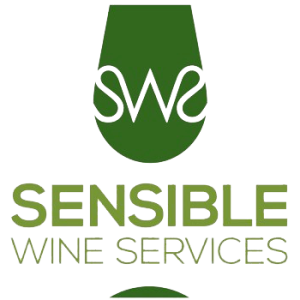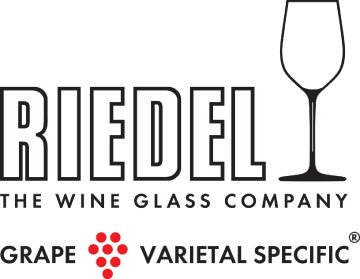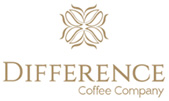The inaugural Champagne & Sparkling Wine World Championships (CSWWC) in 2014 was a great success, uniquely attracting the most iconic Champagnes and sparkling wines in existence, generating publicity worldwide. It is not just about the most illustrious fizz on the planet, but their presence is an endorsement of the unprecedented expertise of the CSWWC and that in turn is an endorsement of the awards won by other, less well-known wines.
Essi Avellan and Tony Jordan are the best Champagne and sparkling wine tasters I know. We have a fourth judge, George Markus, who does not contribute to the scoring, but he is ready to step in should Essi, Tony or I fall ill at any future competition. His name might not be familiar to many people outside of his native Hungary, but as all the best chefs de caves already know, George is one of the world’s best Champagne tasters (and frankly there are not many of those). It is the unprecedented level of specialist sparkling wine expertise that gives the best Champagne and sparkling winemakers the confidence to enter the CSWWC. That and knowing all three judges taste and assess all medals awarded. In other competitions, the more wines that are entered, the more judges who are roped in and the results very much depend on whose table a wine lands on. At the CSWWC every wine lands on the same three tables and the same three judges have to agree every assessment.
But no matter how successful we were in our first year (or might be in the future), it will never be good enough and we will always strive to do better. In 2015, for instance, we are introducing a quality control aspect to our judging. Without any false modesty, we are very good at what we do, but there are instances when, for example, TCA can be present at a level that is below detection, yet it can “scalp” a wine (remove the fruit on the palate). If we knew the identity of such a wine, we might realise that something could be wrong, but when judging under blind conditions we do not have that luxury. It might not be TCA, it could be everything from barely perceptible levels of Brett to DMD, mercaptan or other manifestations of reduction and bacterial spoilage. However, we do have back-up bottles and staff not directly involved in the judging process (and thus can be allowed to see the labels), so if a wine is not going to progress any further in the competition, why not open those extra bottles?
From 2015, the CSWWC will have a Director of Tasting Quality Control, Orsi Szentkiralyi. A talented young Hungarian sommelier (Hungary is turning out to be a very useful resource for us!), Orsi will shadow the judges, working one tasting behind, comparing two bottles of every wine that fails to make at least Silver medal grade (or Gold in the case of Deluxe Champagnes). Since the Bronze, Commended and No Award wines amounted to 65 per cent of all entries in our first year, opening up a second bottle and matching it to the first represents an enormous logistical challenge, but bottle variation is one of the unspoken problems of judging and must be tackled. Orsi’s job will not be to assess whether any wine should receive a Gold or Silver medal, just to seek out bottle variation (and like the true professional she is, she will also no doubt make copious notes for her own use). When she finds an example of bottle variation, Orsi reports this directly to Amanda Regan, the Competition Director, who will give the wine a new temporary code and feed it back into the tasting schedule. The temporary code prevents any judge from looking back at his or her own notes when retasting, something that might be considered prejudicial to objective judgment. If and when any retasted wine is deemed worthy of a Silver or Gold medal, Amanda will transfer the new notes and scores to the original wine code and the remaining bottles will progress through the competition in the normal manner. That is the extra mile we go to and I don’t think that any competition can be fairer to the intended quality of wine than that.








